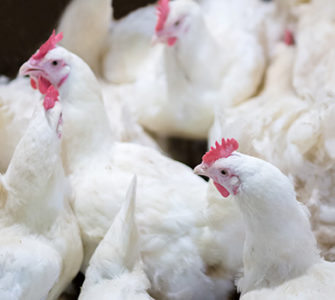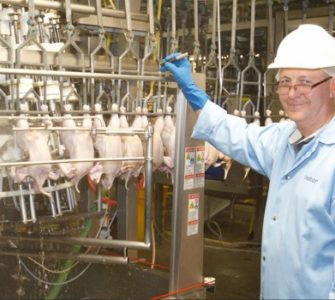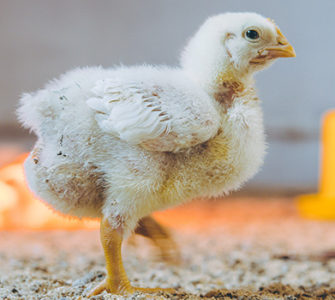Reality check: Multidrug-resistant strains of Salmonella rare in humans
Perception
MDR Salmonella in retail meats is a major public health threat.
Reality
The isolation of multidrug-resistant (MDR) strains of Salmonella from retail meats, particularly poultry, has raised concerns that consuming these products will lead to infections that do not respond to antibiotic treatment.
Although the poultry industry takes both Salmonella and antibiotic resistance seriously, it is necessary to address widespread misconceptions about MDR Salmonella and its impact on human health.
CDC estimates that Salmonella causes about 1 million (<2%) of the 48 million annually reported cases of foodborne illness in the US. According to a 2009 report by FDA’s National Antimicrobial Resistance Monitoring System, 83% of all human Salmonella isolates responded to all antibiotics tested. However, antibiotics are seldom used to treat salmonellosis — regardless of resistance status — unless the patient has a blood infection or is deemed to be high-risk.1
According to published data cited by the Animal Health Institute, Salmonella is isolated from less than 1% of all bacterial bloodstream infections. Isolates from those infections showed resistance in less than 1% to fluoroquinolones and in 2% to 3% to third- or fourth-generation cephalosporins, the two preferred drug classes for treatment of severe Salmonella infections.
It is important for consumers to understand that Salmonella is not a single bacterium but a bacterial category with many different subtypes, or serotypes, some of which are naturally resistant to antimicrobials. There is no evidence to suggest a link between multidrug resistance and antibiotic use in animals. Different Salmonella populations naturally rise and fall over time, but slaughter samples of chickens, pigs and cattle show no overall increase in multidrug resistance across serotypes.2
Finally, consumers should be assured that properly cooking poultry kills all Salmonella, resistant or non-resistant. All poultry regulated by USDA comes with package instructions for cooking and handling that, when followed properly, ensure consistently safe eating.
1 http://www.ahi.org/issues-advocacy/animal-antibiotics/fact-or-fiction-common-antibiotic-myths/
2 http://www.thepigsite.com/swinenews/32192/ippe-what-is-risk-from-multidrug-resistant-antibiotics
Posted on June 1, 2014

















